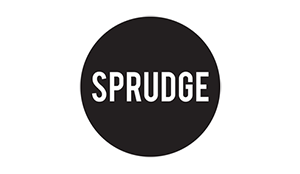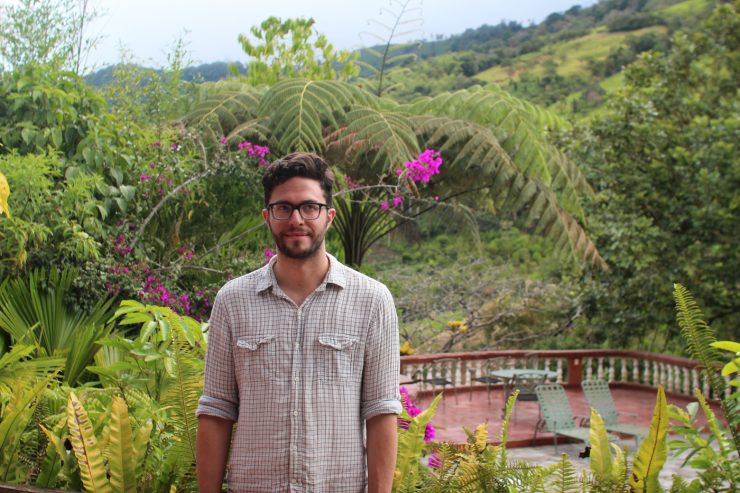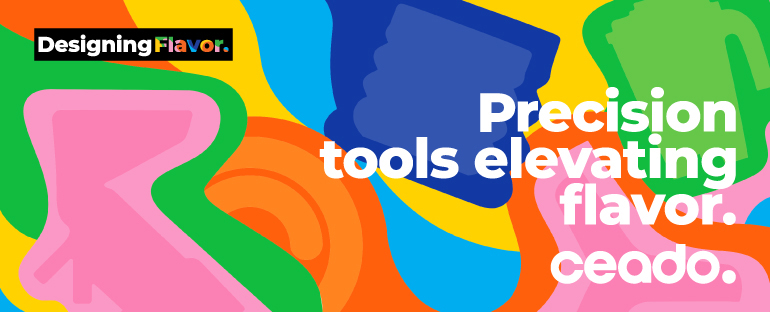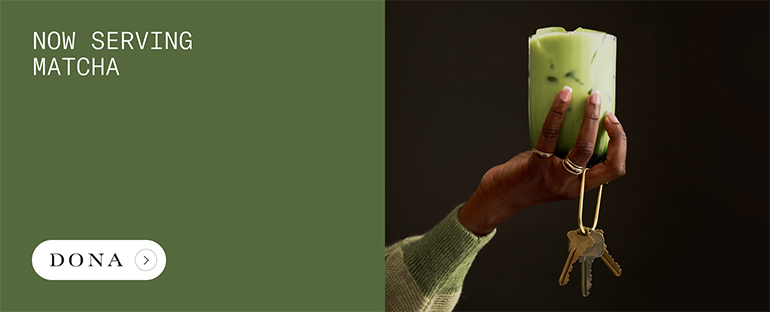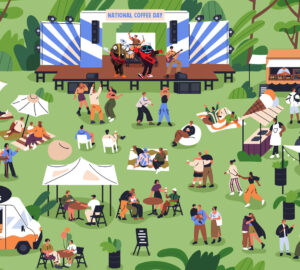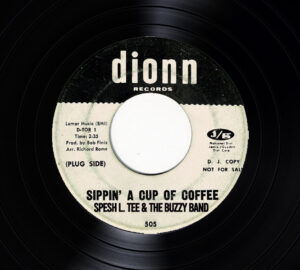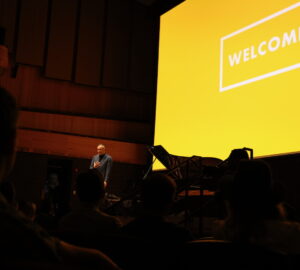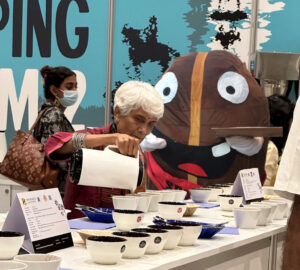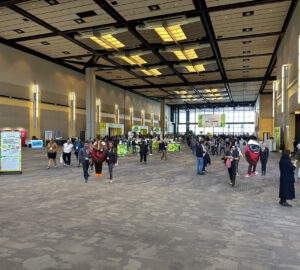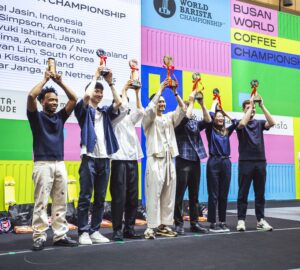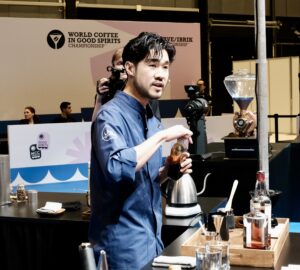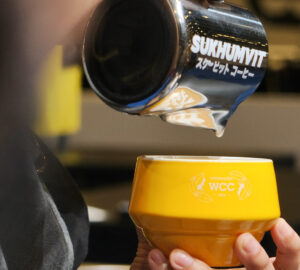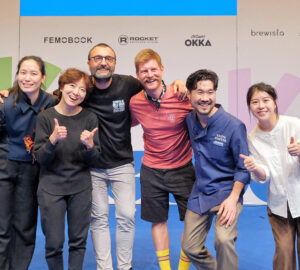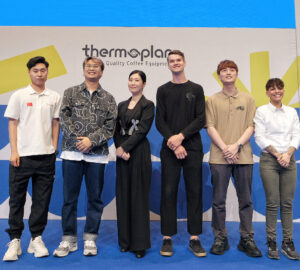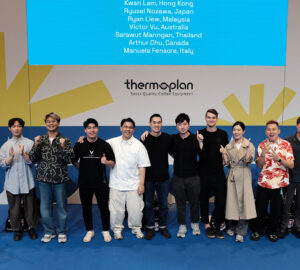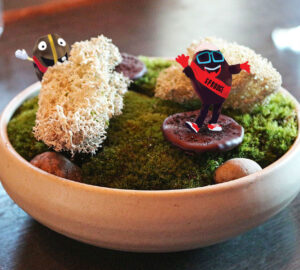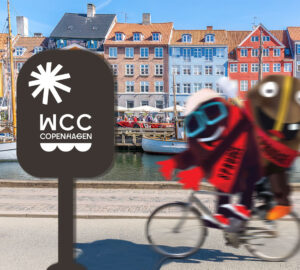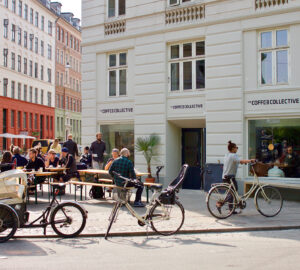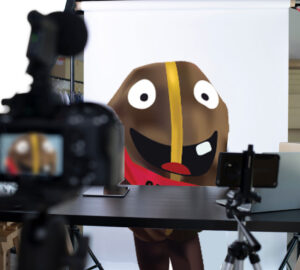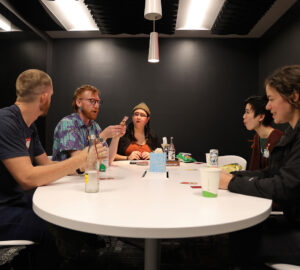Charles Babinski is the co-owner of two cafes in the Los Angeles area, G&B Coffee and Go Get Em Tiger. First for Intelligentsia Coffee, and now for his own company, Mr. Babinski has distinguished himself as one of the most important and influential American barista competitors of the last half-decade, with national top 6 placements in 2010 (5th), 2012 (2nd), and 2013 (2nd). Last season we watched as he won a regional barista competition for the very first time in his career, winning the South West region on behalf of G&B Coffee. He would go on to place second at the 2014 United States Barista Championship.
Mr. Babinski’s success in 2014 earned him a spot on a Cafe Imports origin trip to Ecuador. Sprudge.com Assistant Editor Alex Bernson was embedded on the trip, where he interviewed this coffee professional, entrepreneur, and at last, champion.
Tell me about a competition routine you did that went most off the rails.
It was my routine during the semi-finals in Boston. I was doing my practice time and right at the end of the time, the grinder shifted incredibly. My last shots were just gushing out. I didn’t know if it was something where the grind had actually changed or if it was just a fluke. I had to gamble–do I change the grind now blind, or just hope that it’ll settle for my routine? I decided to hope it would settle.
I went into practice time on stage, pulled a shot, and it gushed out. My whole prep time was spent dialing in the coffee again. I had three different grind settings to do. By the end of my prep time I was jacked on adrenaline. I had forgotten somethings on my cart, like my water for the judges for example, but they had to wheel away my cart because prep was over.
I pressed the button, got started. Super adrenaline high. I went and grabbed my water, but later on I actually ended up knocking over one of my sig drink shots, which I was pulling into this cha hai (a rounded sort of tea decanter). I decided to re-pull my shots, but once I started the shot pulling, I noticed there was some of the first espresso shot still left in the cha hai. I’m freaking out, going through all the rules in my head, asking myself how are they going to score this?
I decided to dump that second round of shots, rinse the cha hai and re-pull my sig drink shots a second time.
This is all happening behind the machine, and somehow the judges just don’t see it. I wound up channelling all this adrenaline and probably bringing the best, or at least the most energy I could—thinking, well fuck it’s about as bad it could get. The judges loved it, in feedback after they said I was being really engaging and giving great energy.
I wound up making it to finals.
You’re quite the fan of the Gibraltar: explain what makes a proper Gibraltar for you
The Gibraltar, well first off it’s in a Gibraltar glass. In Los Angeles at least, it’s a 4.5oz drink. Two shots of espresso. Very cool milk (~110 degrees), very thinly textured: the whole drink should have a single consistency. Because our shots are longer at G&B, 40+ grams, and we want balance, we put a set 35g of an espresso shot in our Gibraltars.
There’s some cool-kids, secret-menu things going on with the drink. When it’s done well, it’s super sweet. The balance is there, the texture is right. It’s incredibly drinkable. A cappuccino is somewhere between sipping it and take it back a little faster, while the Gibraltar is meant to be downed quickly.
When someone does a Gibraltar well, you know it. It’s its own thing. It’s probably my favorite milk drink to get in shops; it’s a good representation of barista skills because it makes baristas change gears a bit.
The Gibraltar sounds sort of similar to a flat-white. You were just in Australia recently, how do you see the difference?
The definition of a Gibraltar is a thorny cultural issue, and the flat white seems even more so. One thing though is that they generally pull single shots in Australia, so the flat white seems to be more like half of our 8oz latte.
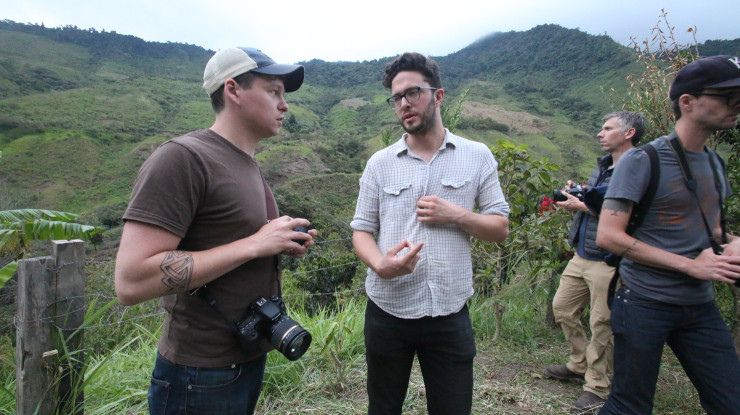
How would you like to see barista competitions evolve?
It would be nice if they grow to keep fulfilling the role of professional development in our evolving industry. We’re past the point where it’s just about teaching people about what’s a good espresso, what’s a bad espresso, that you have to have a towel for specific tasks, all of that. That was helpful, but it would be good to see it grow to represent the progressions happening in shops.
I’d like to see a scoring system that was less about serving to the scoresheet, more about bringing something interesting, exciting, relevant, insightful to the stage.
There are great technical routines, like what Matt Perger or Kapo Chiu did, but for me, the ones that have always really resonated are presentations like Colin Harmon’s, ones that try to present real cafe service in a way that’s insightful and honest.
What is the one thing you would change on rule sheet?
I wish that the scoresheets represented actual baristas better.
Right now competitions do a good job of representing a few specific styles of what it means to be a coffee professional—if you are barista trainer, or a QC person, it’s very easy to bring your professionality into the game successfully.
If you are a barista, you have to take on some of the the trappings of those professional avenues when you compete, or struggle to fit into the expectations of the score sheets.
Alex Bernson (@AlexBernson) is the Assistant Editor at Sprudge.com. Read more Bernson here.
